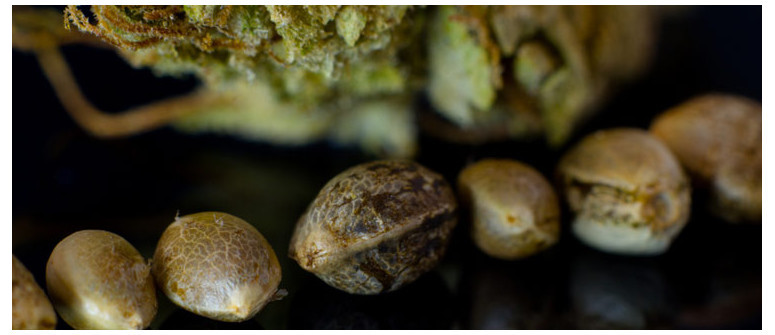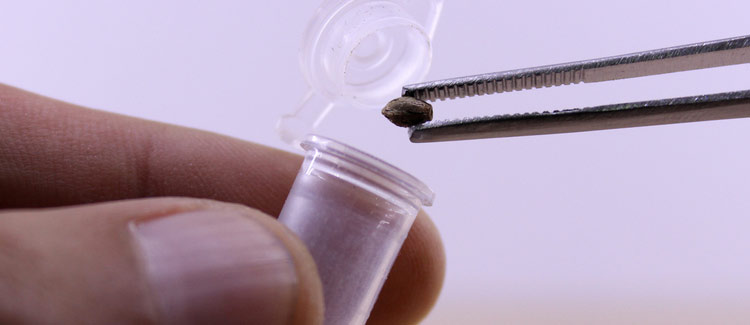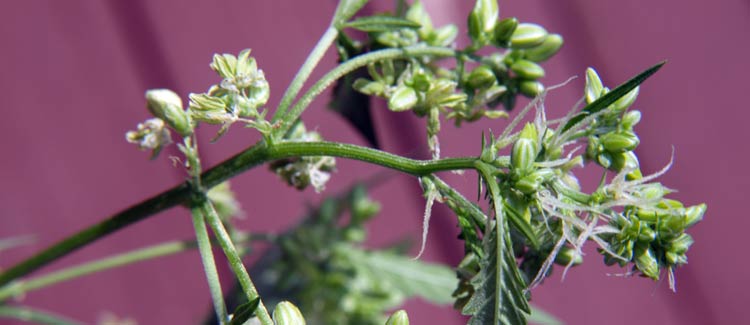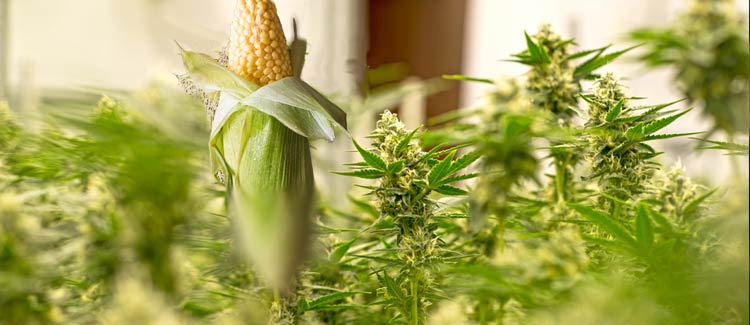How to stabilize your own cannabis seeds

If you are keen to breed your own strains of cannabis, then you are going to need to know how to stabilize the seed stock. Stabilizing a strain means it becomes homogeneous, and any seed from that strain will breed true.
If you are keen to breed your own strains of cannabis, then you are going to need to know how to stabilize the seed stock. Stabilizing a strain means it becomes homogeneous, and any seed from that strain will breed true. Classically, landraces are stable. A seed from one plant will grow the same way as another seed from another plant from the same crop.
Stabilizing happens naturally over time with a large enough crop. Climate, day length, altitude, and soil quality all contribute to the genetic makeup of cannabis. Given enough time, strains become homogeneous and breed true every time. For this reason, landraces has been used often for breeding as they have known traits that can be bred into new strains.
CREATING YOUR OWN STRAINS AT HOME

Stabilizing your indoor crop at home can be a little more difficult because of a number of factors. Limited numbers of plants means limited seed production. This usually means that the few seeds produced do not represent the complete new genetic diversification.
It is quite possible to produce only unwanted phenotypes in a complete grow. It is also possible that great-looking new phenos contain undesirable traits in the next generation.
The quantity of plants bred from a particular strain can also affect stabilization as well. There is a greater chance of “throwbacks” to earlier strains if there has been a lot of crossbreeding performed in the plant’s history.
Plants bred from only a few known stabilized strains will be more stable in their offspring. This can make the stabilizing process much simpler.
VARIABILITY & PREDICTABILITY
Variability and predictability are the variations in phenotypes and the expected ratio of distribution of different phenotypes. Genetics 101 foresees that breeding with stable parent stock will typically produce predictable results.
Offspring will be distributed relatively evenly across all the seeds in the batch. 25% will be father-dominant, 25% will be mother-dominant, and 50% will be hybrids with combined features.
Remember, this is across all the seeds produced. A random selection of four seeds will not necessarily produce the predicted variations. They may all be of one pheno or another.
This is why breeding on a small scale from a small range of seeds may not produce the variations as predicted. A majority of the seeds need to be planted to observe the predicted variations in phenotypes.
HUSBANDING THE NEW STRAIN

Without genetic assays that can give precise information about the plant’s characteristics, experience plays a big part. Growers rely on look, growth pattern, leaf shape, color, and potency for desired new strains. They select a number of plants for breeding from the same seed batch that have similar characteristics. These plants are interbred, and the plants that resemble the desired strain are bred together again.
Crossbreeding between four selected males and females can produce 10,000 different combinations of the targeted hybrid. These variations can be very subtle, and it is the master eye that distinguishes heroes from zeroes.
STABILITY & BACKCROSSING
It will take several generations to breed a stable new strain. Selective homozygous breeding, or breeding from within the same strain, produces less variations. Brothers crossed with sisters from relatively stable parents produce more predictable results.
Desirable dominant traits can be isolated and undesirable traits are gradually eliminated. Unstable parent stock risks producing heterozygous offspring. There is a risk of greater variation, and undesirable, unpredictable traits can emerge.
Many breeders will backcross with one of the original parents. It is not necessary to backcross to get stable plants—selective breeding will do this over time. However, backcrossing can speed up the stabilization process and reinforce preferred dominant characteristics.
INSTABILITY

The vicissitudes of plant genetics can be seen when driving past any modern food crop. Fields of heavily hybridized and inbred cereal crops, for example, will generally be homogeneous. However, there will always be some freaks that stand out from the crowd.
There is always the corn, wheat, or sorghum stalk that is too tall and takes longer to mature than its contemporaries. Or an atypical plant will grow with unexpected variations. These have expressed recessive genes, and are throwbacks to older styles of crop or attempts by the plant to express a different variant of the genetic combination.
The same occurs with marijuana. A batch of stable hybrid seeds can produce a plant resembling a grandparent or original landrace, the same way a redhead might happen here and there in a family with very few redheads in their genealogy. This is rare and can be an inconvenience or a boon.
A stable genetic like Skunk #1, for example, spontaneously produced the unique Cheese strain with no input from the growers. The particular seed recombined the DNA in a novel way that was outside the expected phenotypic variations. So don’t be bummed if you get some radical variations. You might stumble on the next big thing!
RISKS OF INBREEDING DEPRESSION
Homozygous breeding over a number of generations can refine a new strain splendidly. However, it does have its risks. As with animals, too much inbreeding can cause genetic depression. This is a lack of genetic diversity than can be detrimental to the overall health and sustainability of the strain.
Unwanted alleles that can negatively impact a strain are more likely to be passed on when both parents are carriers. When undesirable characteristics are passed on by both parents, the recessive characteristics become dominant and will be passed on to all subsequent offspring.
Outbreeding can solve these regressive attributes. When the breeding population is small, inbreeding depression can occur more rapidly. This is often a problem in Schedule 1 countries. The law means there simply isn’t the space to generate enough interbreeding stock to select prime examples.
The solution is to introduce a novel father into the gene pool to strengthen the strain by increasing genetic diversity. Within a few generations, the depression will be relieved and plants will regain their genetic vigor.
CREATE YOUR OWN STRAIN
Breeding your own strains can be fun. Some truly astonishing marijuana has been created through selective breeding. Whether using landraces or modern classics as parents, with patience and a good eye for good weed, you can produce cannabis that has never been seen before!




